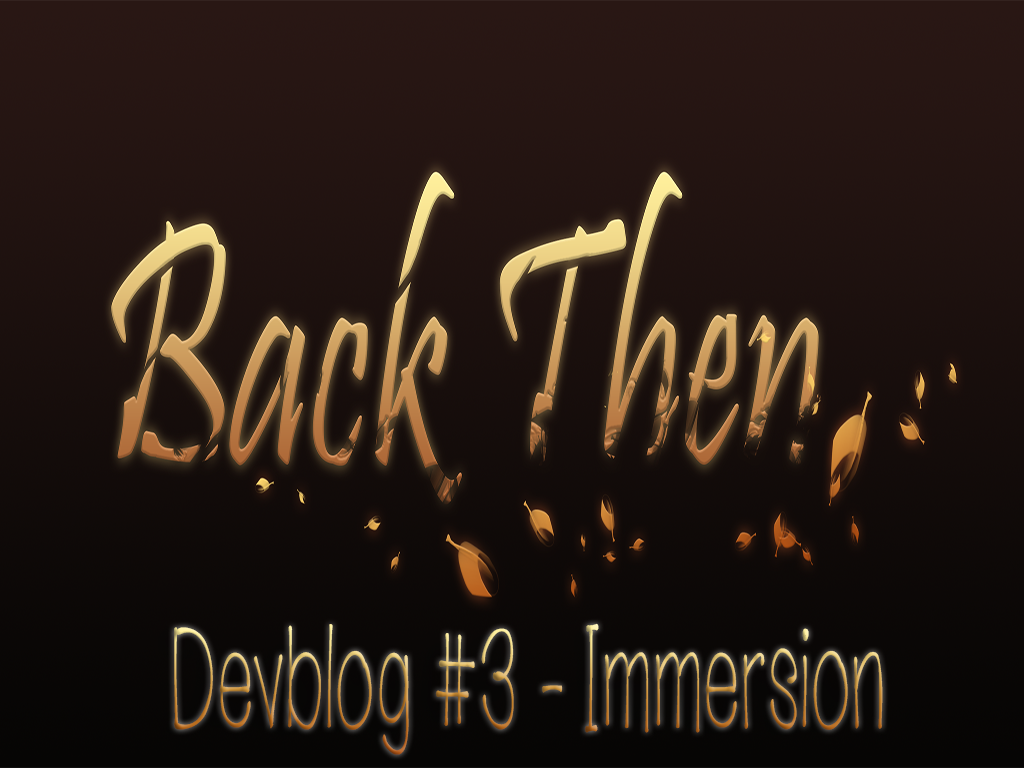
From twisting normal game mechanics on their head to making the world cohesive in both narrative and gameplay are topics we'll cover in today's edition of the blog.
Note that all the pictures shown off here are still work in progress and we'd appreciate any feedback you might have for us!
Let's start off by asking one simple question.....
How is a game immersive?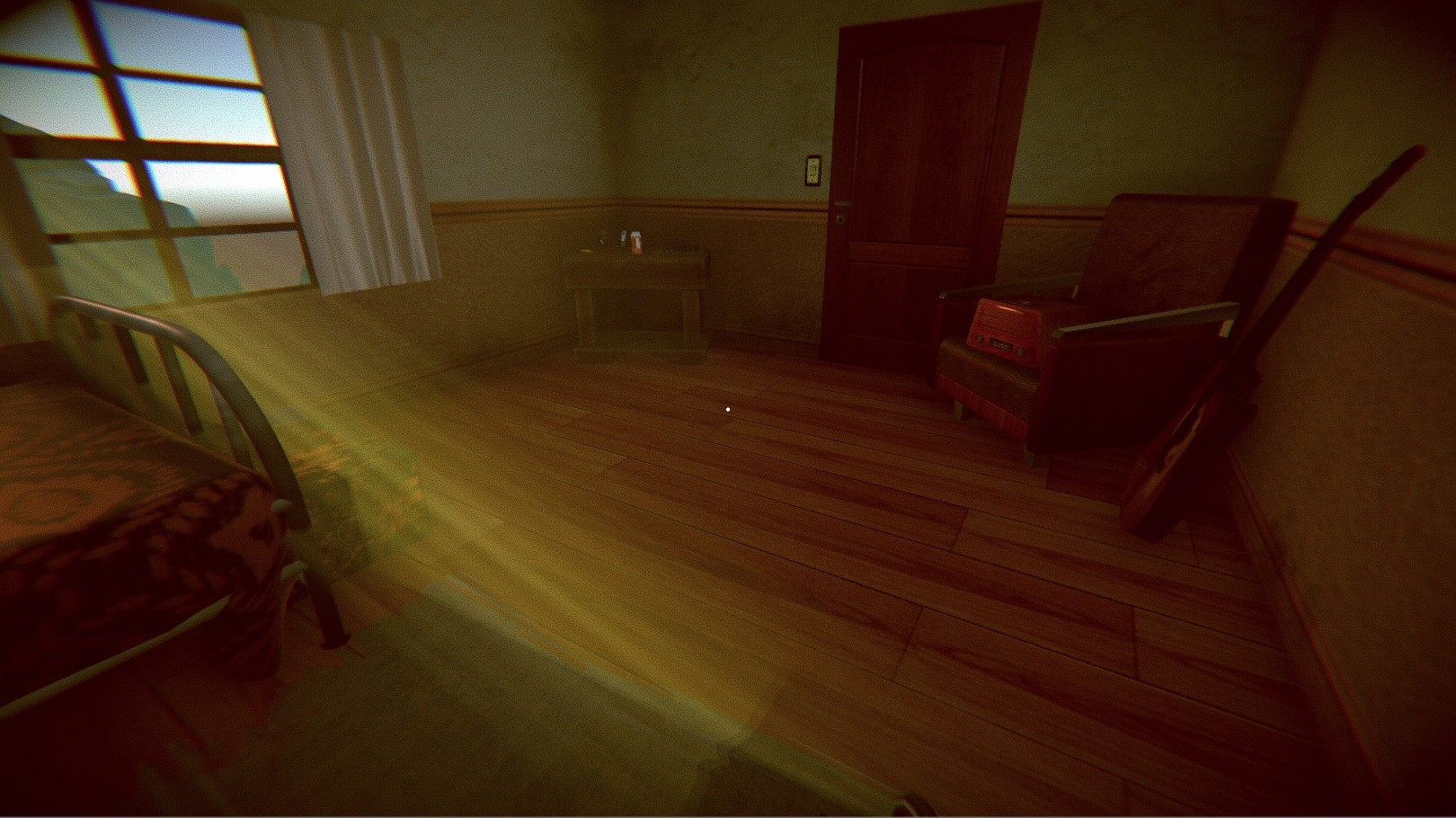
Well usually it depends on but not limited to various key factors:
Setting - Where the game takes place and why.
Narrative - Who do we play as, what is our mission and why do we want to accomplish that?
World building - Where are we? How was this world conceived, what's the message?
Context - Mixing all of the above with gameplay mechanics correctly helps a lot.
Let me give you an example of an immersive game (that happens to be one of my favourites and gives me a reason to talk about it), Dead Space.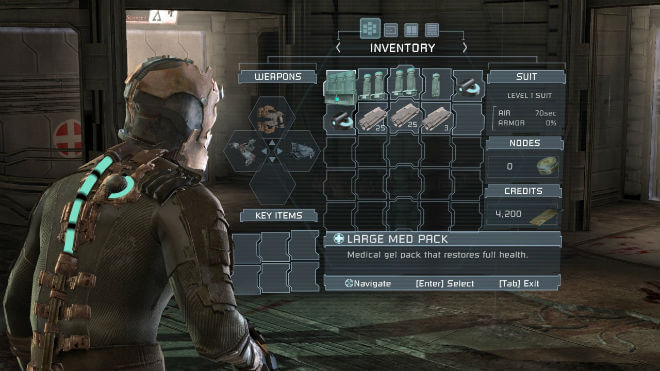
As Dead Space is a third-person action horror game set in the near future, the artsyle is very heavy on the blues and browns, most UI are holograms and the game gives you a sense of dread that few games do, why?
Well, here's are a few reasons:
- Health is displayed in real-time on your spine, each blue section represents 1 health point.
- Stasis, an ability unlocked early in the game that allows you to slow down enemies and machinery, is represented on the protagonist's back as a half moon.
- Inventory and shops don't pause the game, allowing the player to be attacked whislt doing these activities, increasing paranoia.
- Weapons show how much ammo they have when you aim down sights or check your inventory.
- All the weapons you use are mining equipment and tools, which makes sense since the protagonist is an engineer.
- You can walk and rotate the camera when the inventory is up, and it stays in the same place in the actual world.
These are just examples, there's a lot more of course, and every single game is unique in how they immerse their players. Some use elevators to mask loading screens, others give you distractions while they alter something in the background so you don't notice, so let's talk Back Then.
Making Back Then resonate with players.
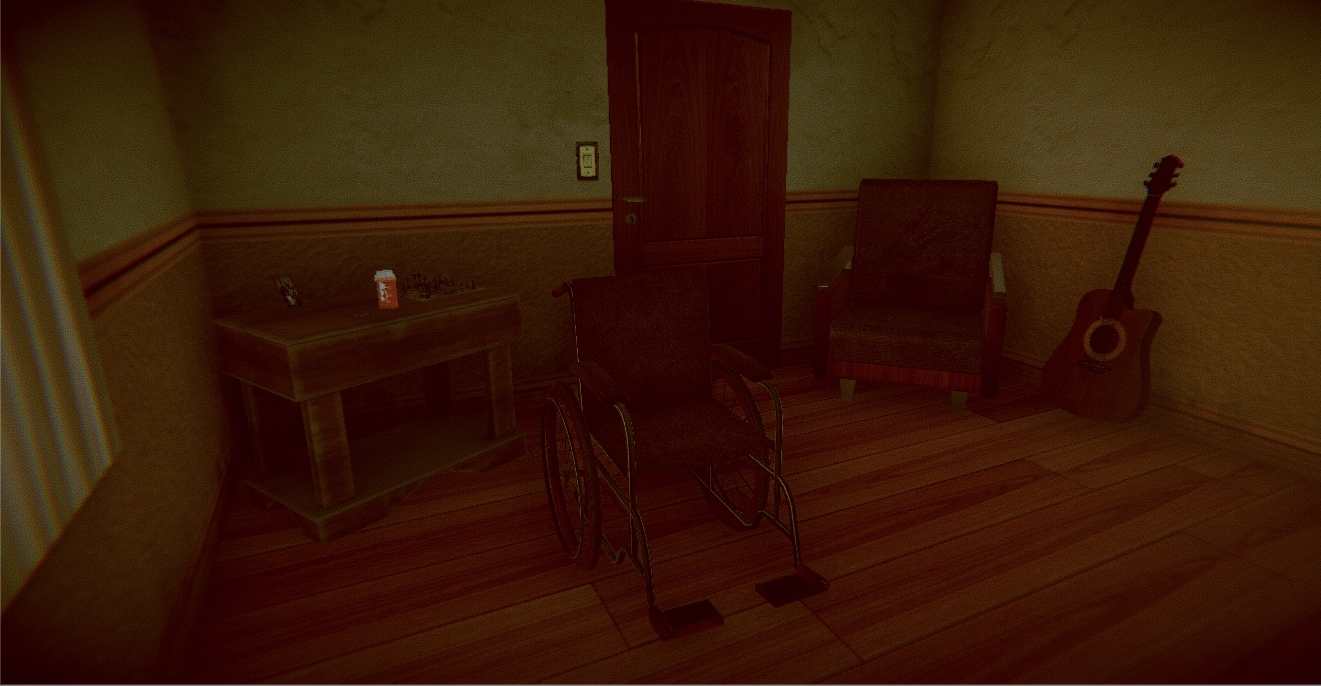
Philosophy -
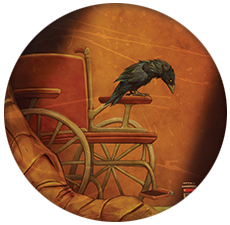
In order to show you how we're making this project as immersive as possible we'll give you some examples (while saving some for you to discover when the game releases) and explain both the narrative and gameplay context for each mechanic.
Diary -
This mechanic was inspired by a family member of mine, where she would write a lot of information in a diary so she wouldn't forget anything important.
It makes sense for someone to alzheimer's to have a diary, some use it as a coping mechanism, while others find it a good way of "combating" their situation.
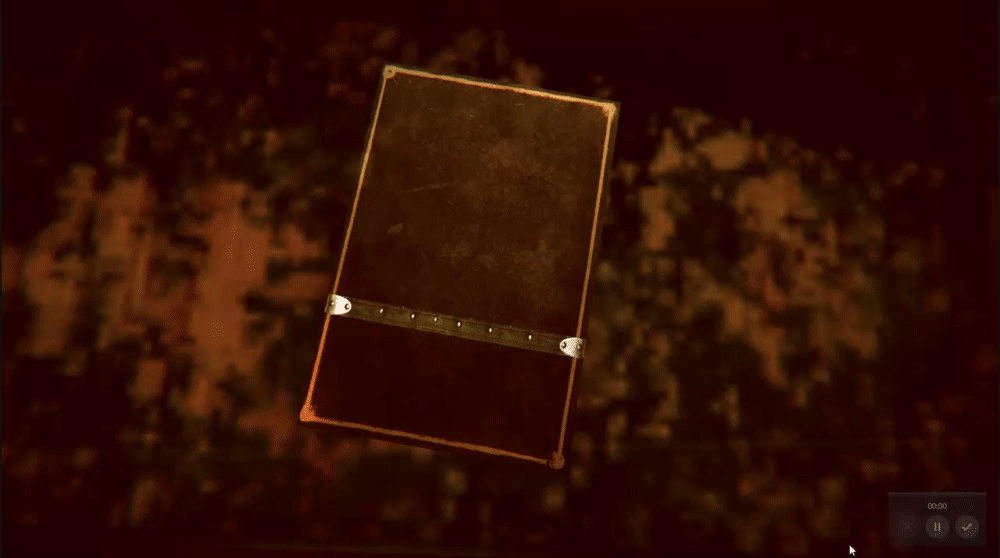
You drag the pages just like you would normaly, and better yet, you writting on this diary effectively saves your game.
This makes sense in the context of both gameplay and narrative:
-You play as a character that is forgetfull, having a place to write down important details is a common option.
-For gameplay, we approached the implementation just like you'd expect, making it personal, where you have to open the diary, drag the pages with your mouse, and then you'll get to pick a save slot (another feature we'll show in a later blog).
Curtains -
In the game you have an entire outdoor scene to look at, but if only you could move the curtains in a way for you to enjoy the view.
Well, you can.
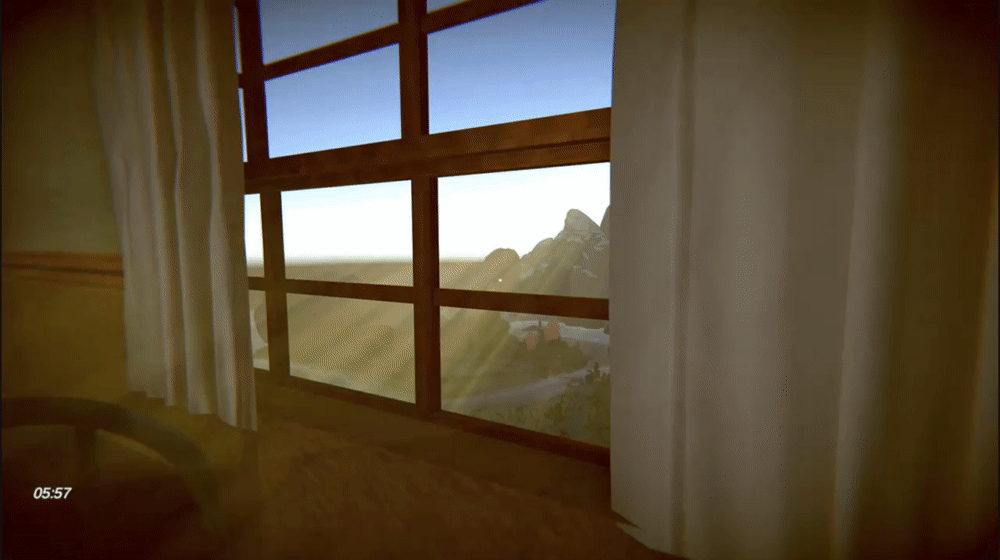
See how the player can move the curtains in a seamless dynamic way, we could have just added a simple animation for the curtains with a toggle button (which is what we did for the lightswitchfor example), but the curtains were a bit too important to be that bland, so we implemented unity's cloth, tinkered around with it, placed some code on top, and voilá.
Interactions -
Interactions are the bread and butter of Back Then, it is through them that you remember details about your past life, how you unlock more memories and events and they contain all the fun tidbits of gameplay you'd expect. Key word here is diegetic.
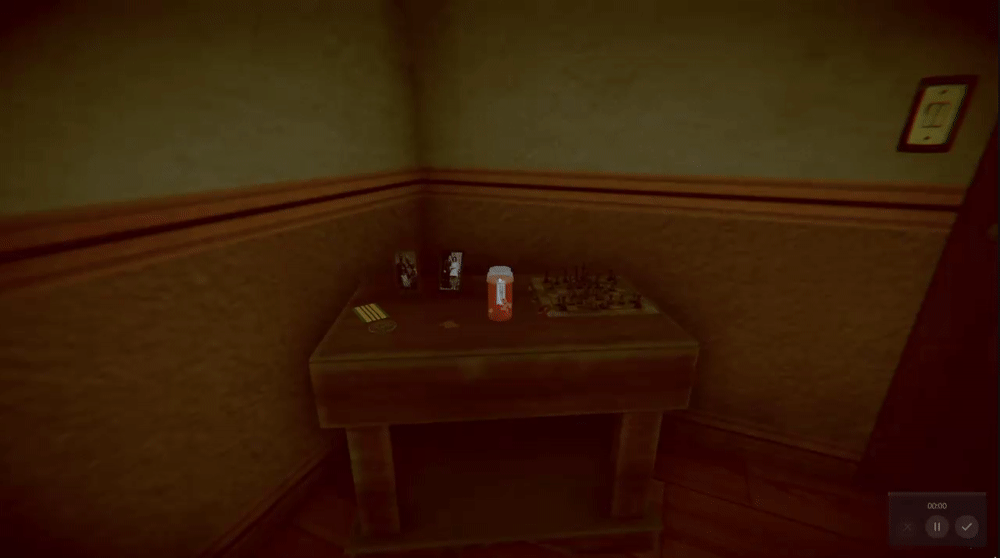
This one is a classic, the pills dynamically moving inside the bottle is basically the "bar" we're always trying to acheive with each interaction.
But that's how interactions used to be, we've spiced them up a little, now whenever you've already interacted with an object (and did everything associated with it) you get a small text hover like so.
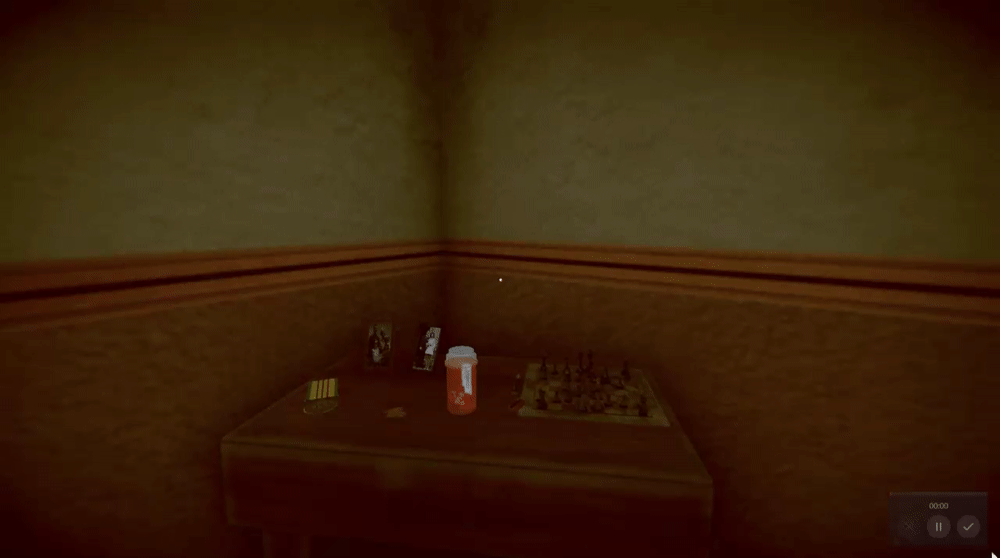
Notice how the text is never in your way of interacting with other things, how mellow it feels alongside the scene and how everything blends together, we don't want to abuse fx and make the game too flashy.
But speaking of flashy, as you unlock more and more object around the scene you'll start to see this fx.
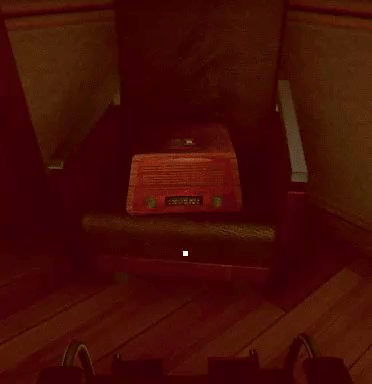
Now of course the fx won't be pingponging between visible and invisible like that, instead, it plays when the player unlocks that object, and you might even get multiple items showing up at once.

Loading Screens -
We never absolutely want to remove you from the main character's position, except for the main menu and whatnot, so we wouldn't like loadings screens to stop gameplay, and be seamless with the transitions.
Note that the UI isn't finalized.

The screen fades out, but gives you a tiny bit of visibility, the loading starts but you can still move around and do something while you wait.
So to wrap things up, Back Then is taking great strides in making every gameplay feature diegetic (I love that word), never removing you from the atmosphere of the game and never compromises on ambient breaking features.
In the upcoming months we'll no doubt revisit the concept of immersion, and what we've changed to make it even more...diegetic.
If you read all of this, firstly, thank you for the interest, we hope Back Then resonates with you as much as it resonates with us.
Secondly, we'd greatly appreciate any kind of feedback/thought/suggestion you might have, don't be afraid to contact us on any of our social media.
Big things next month, stay tuned!
Ruben










Great article! It's the little things that really make a difference in a game, and especially for me playing them and making me all the more immersed!
Thanks Seamus! Appreciate the feedback!
Game is looking great and also this was a good read as well. Love all the details. ♥
<3